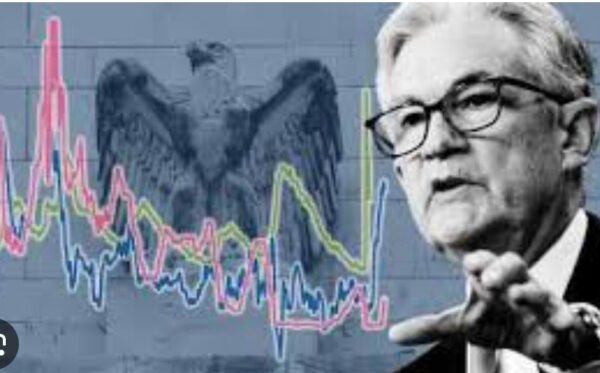#FederalReserve #InterestRates #Economy #SoftLanding #GoldmanSachs #FinancialMarkets #MonetaryPolicy #EconomicOutlook
In a move that has reverberated through financial markets, the Federal Reserve has decided to slash interest rates by 50 basis points, aiming to steer the U.S. economy towards a coveted “soft landing.” This significant pivot in monetary policy comes against a backdrop of economic uncertainties and varying signals about the global financial health. According to the Chief Financial Officer (CFO) of Goldman Sachs, this rate reduction is not merely a reflex to transient economic tremors but a calculated strategy to ensure sustained economic growth and stability. It signals a proactive measure to temper inflationary pressures while buttressing the economy against potential downturns.
The concept of a “soft landing” in economic terms refers to the delicate act of slowing down an overheating economy without triggering a recession. Achieving this balance is notoriously challenging, requiring precise adjustments to interest rates that can cool inflation without stifacing economic growth. The Fed’s decision, as highlighted by the Goldman CFO, is an optimistic indication that such a balance is attainable. This strategic cut is interpreted as a guard against the overshooting of inflation targets and a buffer to maintain consumer spending and investment levels.
The impact of this policy change on the financial markets and broader economy is multifaceted. For one, lower interest rates typically make borrowing cheaper, encouraging businesses to invest and consumers to spend. This can stimulate economic activity, fostering growth. Additionally, the markets often react positively to rate cuts, as lower interest rates can enhance the attractiveness of stocks and other investments compared to fixed-income assets like bonds. However, these benefits must be weighed against the risk of too-low interest rates fueling unsustainable asset bubbles or failing to leave room for monetary policy adjustments in the case of an economic downturn.
Looking forward, the bold move by the Federal Reserve sends a robust signal to investors, businesses, and consumers alike that the U.S. economy is maneuvering to maintain its momentum amid global uncertainties. By aiming for a soft landing, the Fed hopes to prolong the economic expansion while carefully managing inflationary pressures. As markets adjust to this new stance, the financial landscape is poised for an intriguing shift, with all eyes on how these monetary policy adjustments will shape the economic trajectory in the months ahead. The approach taken by the Federal Reserve may serve as a template for other central banks grappling with similar challenges, making the outcome of this strategy a matter of global interest.







Comments are closed.